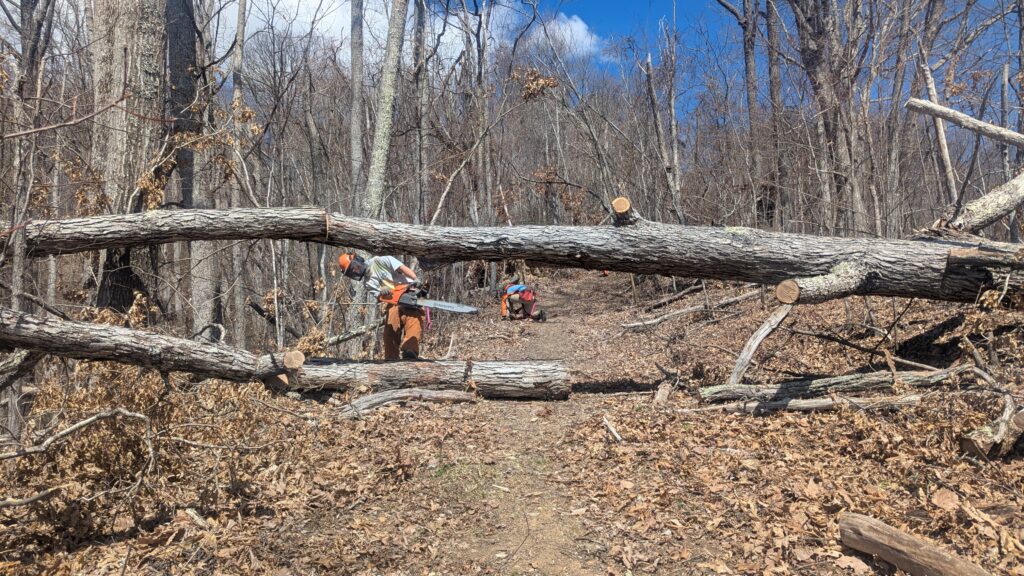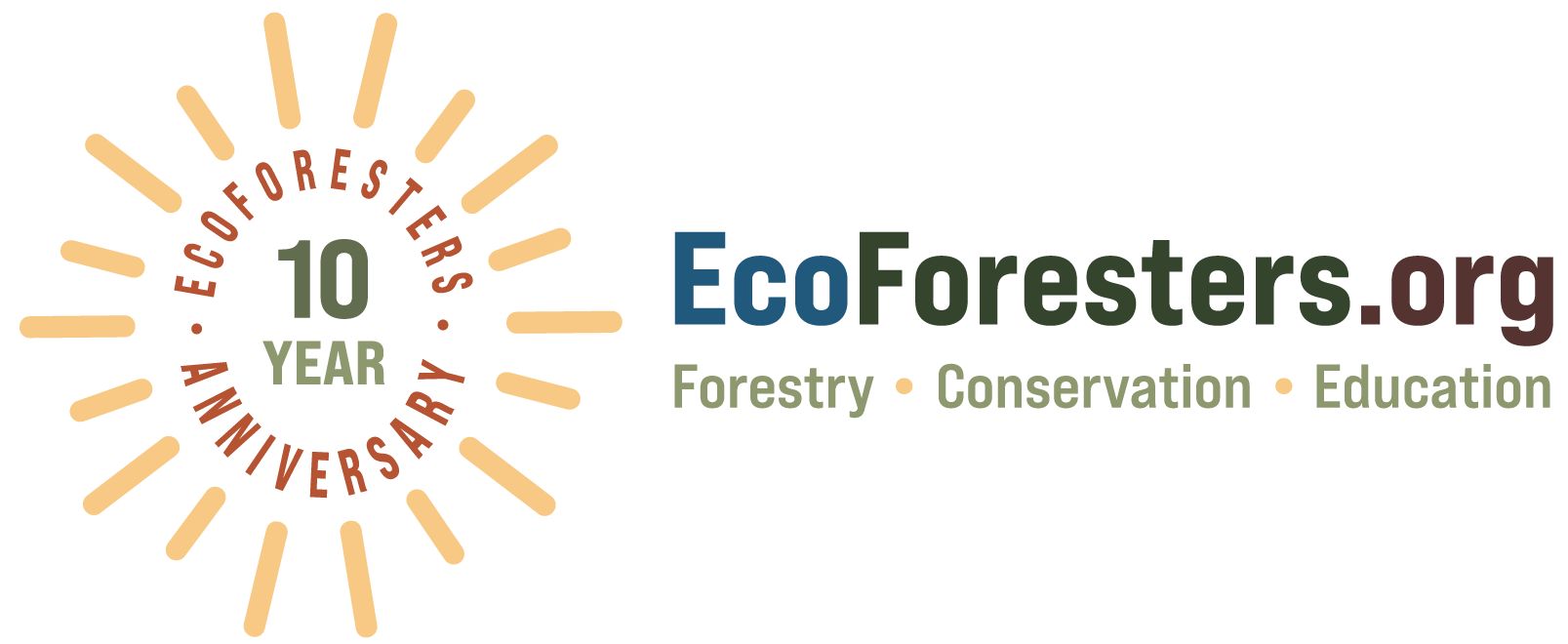The Right Place at the Right Time
EcoForesters was created for this moment. Our staff is made up of seasoned natural resource professionals who understand the challenges and risks facing the region’s forests. We have identified who needs help and how to help them. We now need your help to put proven outcomes into further action because we are in the right place at the right time.
This newsletter should help you understand what we are up against in response to Helene. Our goal is always to empower landowners to do what they can in support of their forest. But many of the challenges laid out are beyond that goal and will require professional expertise to assess, plan and put into action. Prior to Helene, money was the number one reason that landowners chose inaction and it has only been magnified by this great disturbance.
Our work is funded through a combination of private donations, federal grants, fee for service work and foundations. The current federal funding is no longer reliable, so we will need to make up that difference through our other sources of funding. We also recognize the need to create new funding mechanisms for rural landowners who are either land rich/cash poor or lack the disposable income needed to restore their forests. This landowner base is critical to keeping forests forested and the many benefits like plentiful clean water on the landscape.
We ask that you support our work through a donation of time or talent and share with your friends and family the importance of our mission. The next five years will be spent restoring forests and keeping them resilient in the face of future challenges. Please help us by becoming a member today.

Wildlife Habitat
- Leave some downed debris on your property (as long as it is further than 30 feet from any structures) to serve as wildlife habitat
- Manage non-native invasive species in clearings to help promote native plants
- Plant valuable trees for wildlife such as oaks and chestnuts
Stream erosion/stabilization
- Plant native, fast-growing grasses (such as annual rye) on bare soil to prevent further erosion
- In the future, replant these areas with native seeds and woody plants to stabilize them further
- Livestake with coconut fiber matting to help prevent stream bank erosion
Wildfire/Controlled Fire
- Implement FireWise practices around your home
- Clear all downed wood at least 30 feet away from any structures (or further, if your home is on a slope)
- Consider moving large woody material (over a foot in diameter) up to 100 feet away.
- Adopt fire-resistant landscaping practices, such as selecting plants with low flammability characteristics
- Learn more at content.ces.ncsu.edu/fire-resistant-landscaping-in-north-carolina
Invasive Species
- Learn how to identify non-native invasive plants and tell them apart from native lookalikes
- Learn and implement common control methods for the species present on your land
- Landscape with native plants and control NNIS near important native species (such as oaks)
- For larger infestations, you can get an assessment of NNIS on your property. Contact EcoForesters (info@ecoforesters.org or 828-484-6842) for more information!
